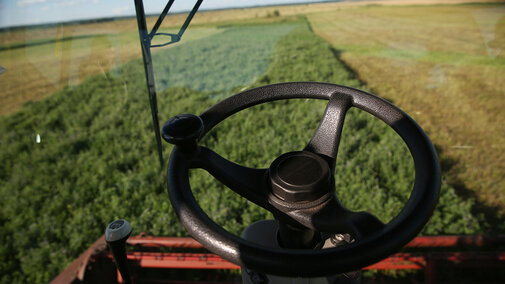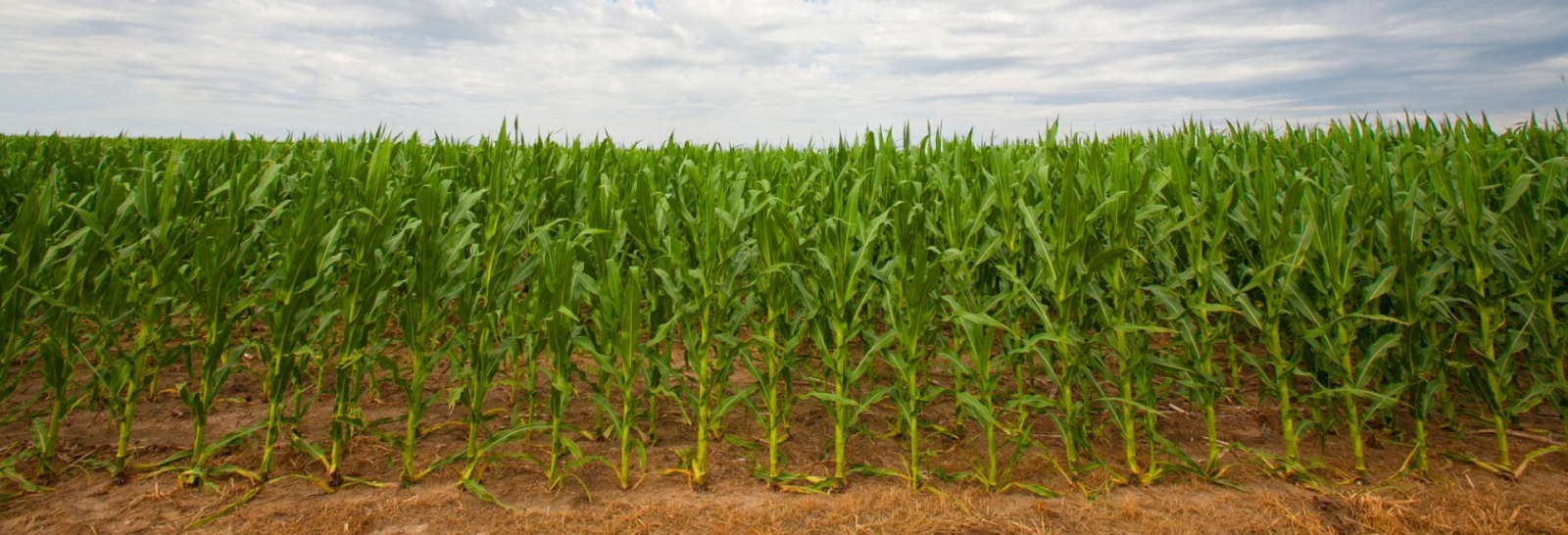Managing Windrow Disease in Alfalfa
Rained-on hay plagues all of us eventually. The “windrow disease” that often follows presents lingering problems.
Windrow disease — that’s the name given to the striped appearance in fields where alfalfa windrows remained so long that regrowth underneath was delayed. Usually, it’s due to rained on hay.
Windrow disease presents special challenges. Weeds often invade, requiring spraying to maintain quality and protect stands. During the next growth period, plants that were not smothered regrow rapidly, while plants underneath the windrow suffer delays. Part of the field will often begin to bloom while windrow-stressed plants are still short and tender. So, when do you harvest? When the first plants begin to bloom, or do you wait until injured plants are ready?
I suggest using two factors to tell you when you should cut — the health and vigor of your stand, and the nutrient needs of your livestock. For example, is your alfalfa stand young, healthy and regrowing well? If not, wait to cut until stunted plants begin to bloom so you can avoid weakening them even more.
But, if your alfalfa is in good shape, then cut when it will best meet the needs of your animals. Dairy cows need alfalfa that is cut early, so harvest when the first plants reach bud to early bloom stage. Regrowth of injured plants may be slow after cutting, but this sacrifice is needed for profitable milk production.
However, beef cows do not need such rich hay. So, if the hay will be fed to beef cattle, let stunted plants recover, and then cut when they are ready to bloom.
Hopefully, by next cut, growth will be more uniform, plants healthy, and production back to normal.
Break-even Forage Production: Is Your Pasture Paying Its Way?
Is your pasture paying its way? This is a question I have heard lately regarding changing input costs. Before your cattle hit the field, here's a quick way to check if your pasture covers its costs. Let’s run the numbers:
Suppose you fertilize a sub-irrigated meadow on cool- or warm-season grasses. Let’s assume after we fertilize, this will boost our forage yield by 0.75/ ton per acre. Let’s assume hay is valued at $60/ton, that extra 0.75 tons is worth $45/acre, so you must spend less than that on fertilizer to break even. If hay prices rise to $100/ton, your break-even fertilizer investment increases to $75/acre.
But that’s just yield. In continuous grazing systems, livestock typically harvest only 25-35% of the forage, the rest is lost through trampling, fouling or things of that nature. This dramatically eats into your return on your investment.
To get your money’s worth, combine fertilization with good grazing management, with things like rotational grazing across at least four paddocks. This not only improves forage utilization, it helps cover those fertilizer costs. Here’s a quick formula:
- If your total cost per acre is $100 ($X), and your hay value is $60/ton (Y), then break-even yield = $100 ÷ $60, or X÷Y, or roughly 1.67 tons per acre.
Make sure you're getting that much forage after accounting for utilization. If you're falling short, consider cutting costs, boosting efficiency, or renting extra grazing ground to balance the budget.
For additional information about this topic, go to UNL Beef.
Checking In on Alfalfa
It's time for the first cutting of alfalfa, and as you're out in the fields, it's a prime opportunity to spot any issues and plan corrective actions. But what should you be looking for?
First, check the color of your alfalfa. A uniform green is ideal. Dark green may indicate water stress, while yellow, purple, blue-green or red hues, interveinal chlorosis, misshapen leaves or patchy growth could signal nutrient deficiencies. While some issues are hard to fix mid-season, adjusting micronutrients like boron and sulfur can boost yields, especially in low organic matter soils. Confirm any deficiencies with soil or tissue samples.
Keep an eye out for diseases and insect pressure. If you see something unusual, step out and inspect the plants or use a sweep net — or even your ball cap — to catch pests. Make sure to clean it before putting it back on.
Watch for thinning areas in your stand. If interseeding alfalfa isn’t an option due to autotoxicity, consider warm-season annuals like teff for a summer yield boost while maintaining hay quality. For longer-term solutions, interseed with perennial forage grasses like orchardgrass during cooler months.
Finally, be vigilant for weedy patches. Problem plants like Canada thistle should be avoided or flagged for separate handling to control their spread. Note other weeds for future scouting and control.
Harvest time is perfect for field assessment. Look for standout spots and monitor for fertility issues, insects, weeds and diseases. If stands are lacking, interseeding with annuals or perennials can help keep your productivity high.

